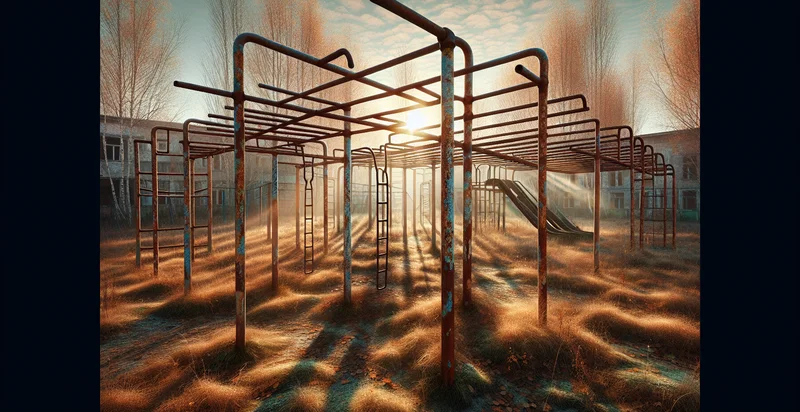Identify if bridge support is rusted
using AI
Below is a free classifier to identify if bridge support is rusted. Just upload your image, and our AI will predict if the bridge is safe to use - in just seconds.

Contact us for API access
Or, use Nyckel to build highly-accurate custom classifiers in just minutes. No PhD required.
Get started
import nyckel
credentials = nyckel.Credentials("YOUR_CLIENT_ID", "YOUR_CLIENT_SECRET")
nyckel.invoke("if-bridge-support-is-rusted", "your_image_url", credentials)
fetch('https://www.nyckel.com/v1/functions/if-bridge-support-is-rusted/invoke', {
method: 'POST',
headers: {
'Authorization': 'Bearer ' + 'YOUR_BEARER_TOKEN',
'Content-Type': 'application/json',
},
body: JSON.stringify(
{"data": "your_image_url"}
)
})
.then(response => response.json())
.then(data => console.log(data));
curl -X POST \
-H "Content-Type: application/json" \
-H "Authorization: Bearer YOUR_BEARER_TOKEN" \
-d '{"data": "your_image_url"}' \
https://www.nyckel.com/v1/functions/if-bridge-support-is-rusted/invoke
How this classifier works
To start, upload your image. Our AI tool will then predict if the bridge is safe to use.
This pretrained image model uses a Nyckel-created dataset and has 2 labels, including Not Rusted and Rusted.
We'll also show a confidence score (the higher the number, the more confident the AI model is around if the bridge is safe to use).
Whether you're just curious or building if bridge support is rusted detection into your application, we hope our classifier proves helpful.
Related Classifiers
Need to identify if bridge support is rusted at scale?
Get API or Zapier access to this classifier for free. It's perfect for:
- Bridge Safety Inspection: This use case involves deploying rust detection on bridge supports during scheduled inspections. Engineers can use the classification function to generate accurate assessments of wear and tear, ensuring that bridges remain safe for public use.
- Maintenance Scheduling: By identifying rusted supports, organizations can optimize their maintenance schedules. With proactive identification of potential safety hazards, resources can be allocated more efficiently to extend the lifecycle of infrastructure.
- Insurance Risk Assessment: Insurance companies can use the rust identification feature to assess the risk levels of insured bridges. This data enables better underwriting decisions and can influence premium rates based on the structural integrity of the assets.
- Asset Management: Municipalities can integrate the classification function into their asset management systems. This allows city planners and managers to keep track of the condition of bridges, prioritize repairs, and plan budgets more effectively.
- Environmental Monitoring: By identifying rusted supports, organizations can study the effects of environmental factors on bridge deterioration. This data helps to inform future designs and material choices to enhance durability against rust and corrosion.
- Emergency Response Planning: In emergency scenarios where structural integrity of bridges is in question, rust detection can be critical. This function aids first responders by providing timely data on bridge safety, informing whether routes are safe for use.
- Compliance Reporting: Government mandates often require regular reporting on infrastructure conditions. The rust identification feature can generate necessary reports, helping organizations to demonstrate compliance with safety regulations and avoid penalties.


